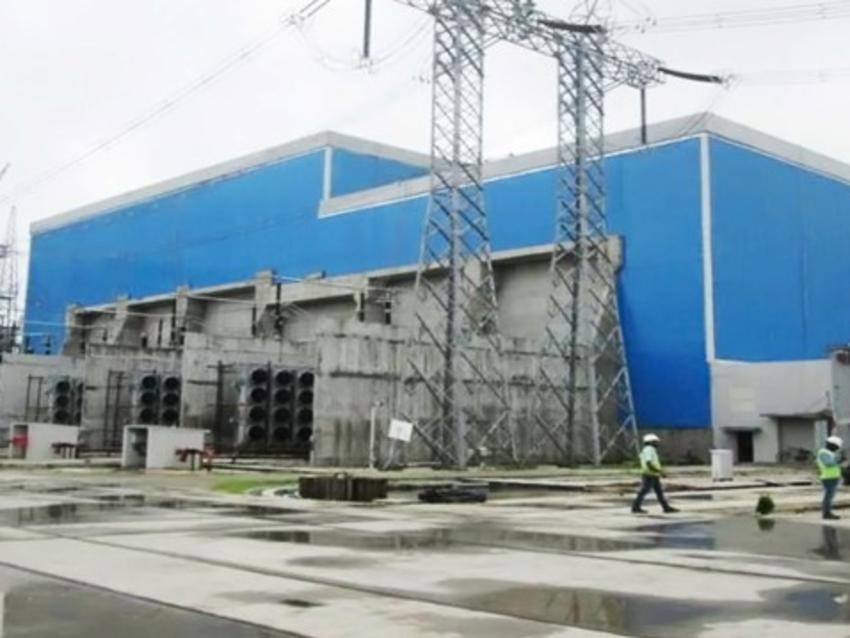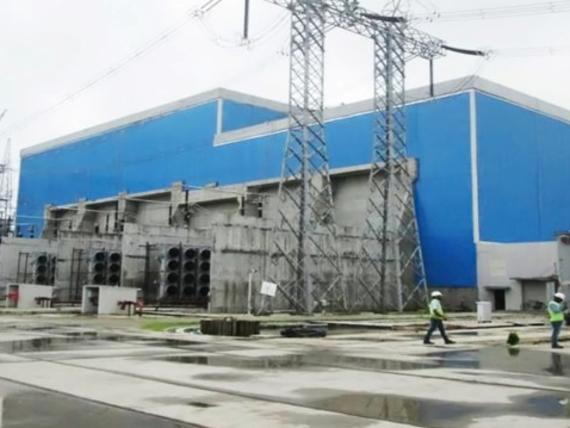Keller’s optimised vibro stone column solution limited settlement to permissible limits, achieved liquefaction mitigation and improved bearing capacity, whilst reducing overall construction time and cost. It also had a comparatively lower carbon footprint than other possible solutions.

The project
Powergrid Corporation of India Ltd (PGCIL) proposed India’s first Ultra High Voltage Direct Current (UHVDC) of 6,000MW capacity energy highway project to transmit the generated energy from Arunachal Pradesh in North East India and Bhutan, to Agra in Central India, a distance of 1,728km. Keller was commissioned by the main contractor to execute ground improvement work for a converter station in Assam spread over 1,000,000 m2 comprising electrical equipment structures such as the service building, valve control hall, P1, P2, AC transformers, tower foundations and other heavy structures.
The challenge
The geotechnical investigation of the site suggested that the subsoil comprised of poorly graded loose to medium fine sand followed by a medium to stiff and then a dense silt layer. With low bearing capacity, this was not suitable for the proposed structures. As the site is in seismic zone V it is also susceptible to liquefaction.
The solution
Our ground improvement solution used top feed vibro stone columns with diameters ranging from 0.8m to 1.1m. These large diameter columns significantly reduced the construction. .. Column load testing and automated real time monitoring of the installation works verified the adequacy of the work.
